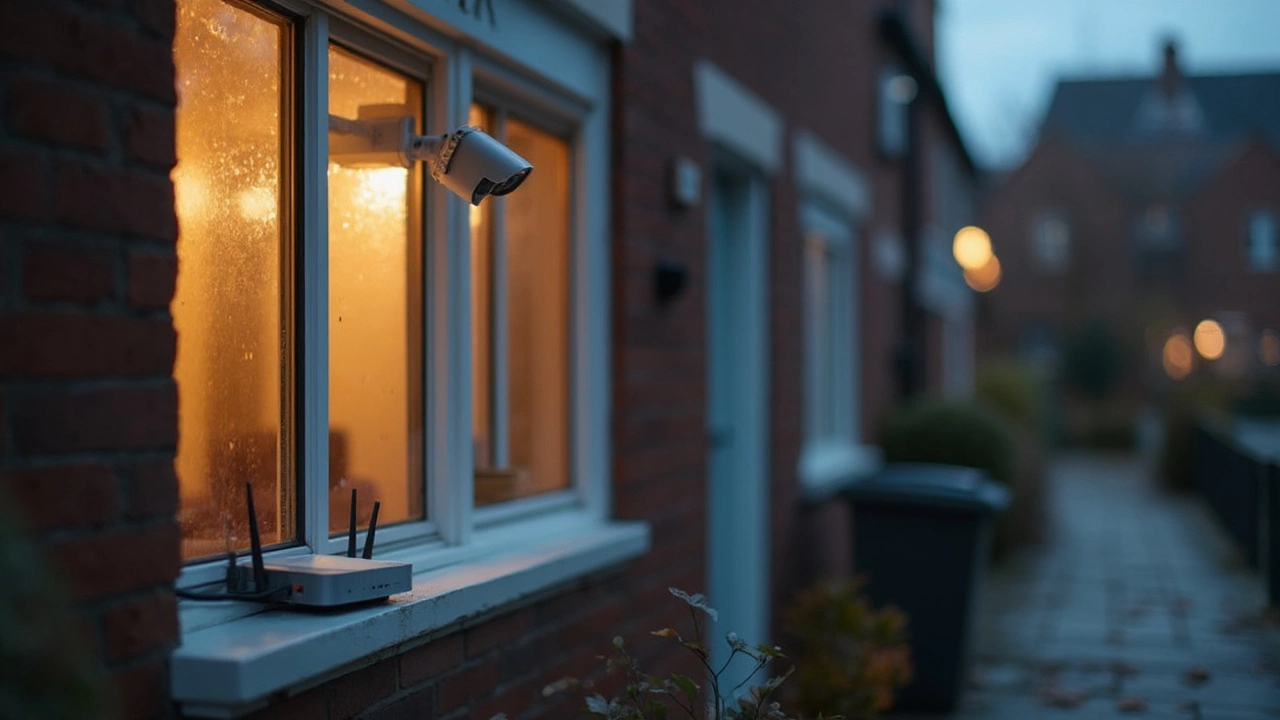If you rely on live video to feel safe, you’ve probably imagined a scenario where the Wi‑Fi drops or the power goes out. In that moment a typical cloud‑based system goes dark, and you lose the eyes on your property. That’s why many homeowners and small businesses are switching to offline CCTV – a setup that records locally and keeps working even when the internet or electricity hiccups.
First off, offline cameras store footage on a microSD card, a built‑in hard drive, or a local NVR (Network Video Recorder). No cloud means no subscription fees and no data‑breach worries. More importantly, the camera keeps capturing video the second the connection is lost, so you never miss a crucial moment.
Power outages are another big reason. A lot of modern cameras have PoE (Power over Ethernet) support, allowing you to feed them through a UPS (Uninterruptible Power Supply). Pair a UPS with a local recorder and your whole system stays alive for hours while the grid is down.
Privacy‑focused users also like offline CCTV because the video never leaves the premises. That eliminates the risk of hackers stealing your footage from a remote server.
Start by choosing cameras that support local storage. Look for models with SD card slots of at least 64GB and clear specifications about recording in 1080p or higher. If you need night vision, pick cameras with built‑in IR LEDs – they work without any extra light source.
Next, decide on the recorder. A small NVR can handle 4‑8 channels and often comes with its own power supply. Connect each camera to the NVR via Ethernet cables. This wired link is more reliable than Wi‑Fi and carries both video and power if you use PoE switches.
Don’t forget backup power. Plug your NVR and PoE switch into a UPS sized for at least 30 minutes of run‑time. Test the setup by unplugging the mains; the UPS should kick in and your cameras should keep recording.
Finally, set the recording schedule. Most offline systems let you choose continuous recording, motion‑triggered clips, or a combination. Motion detection saves storage and makes it easier to find events later.
When everything is wired and powered, you’ll still want remote access for live viewing. Most offline cameras offer a local app that connects over your home network, so you can watch footage from your phone without ever touching the internet.
In short, offline CCTV gives you peace of mind when the network drops, the lights go out, or you just want tighter privacy. Pick cameras with local storage, hook them up to an NVR, add a UPS, and you’ve got a system that works 24/7, no matter what. Your property stays watched, your data stays safe, and you avoid monthly cloud fees – all with a few relatively cheap pieces of gear.

Wondering if a CCTV camera can work without internet? You’re not alone. This article breaks down what actually happens when you pull the plug on WiFi yet still want reliable surveillance. Find out which features keep recording even offline, what you lose without internet, and clever ways to store footage safely. Get straight answers and handy tips that make setting up a wireless CCTV kit easier than you think.